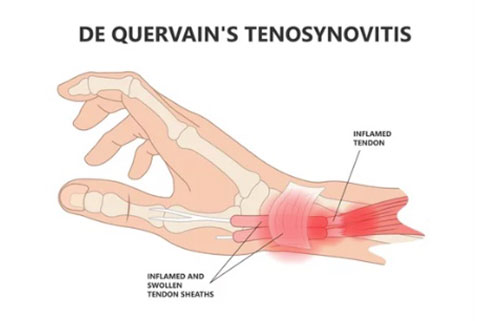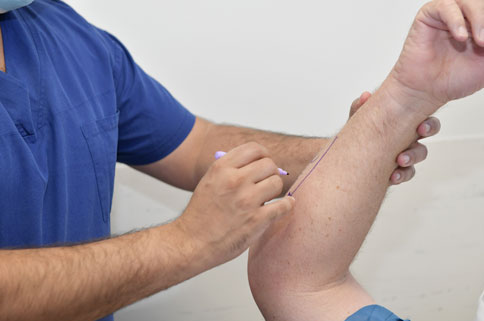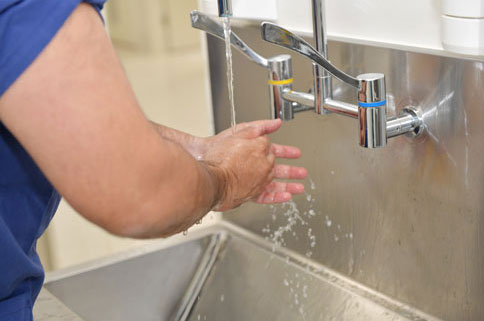
Ligament reconstruction surgery in the hand and wrist is a surgical procedure used to repair or reconstruct damaged ligaments. Ligaments are tough, fibrous bands of tissue that connect bones to each other and help stabilise joints. When a ligament is damaged or torn, it can cause pain, instability, and decreased range of motion in the hand or wrist.
The goal of ligament reconstruction surgery is to restore normal joint stability and function by repairing or replacing the damaged ligament.
The Surgical Procedure
The surgical procedure can be performed under local or general anaesthesia, depending on the extent of the injury and the patient’s preference.
During the procedure, Dr Singh will make one or more small incisions in the hand or wrist and carefully dissect the damaged ligament away from the surrounding tissue. Depending on the extent of the injury, he may repair the damaged ligament using sutures or anchors or may need to replace the ligament with a graft taken from another part of the body.
After the procedure, the patient will typically need to wear a splint or brace to immobilise the hand or wrist and protect the incision site as it heals. Physiotherapy may also be prescribed to help improve strength, flexibility, and range of motion in the hand or wrist.
Recovery Timelines
Recovery from ligament reconstruction surgery can vary depending on the extent of the procedure and the individual patient. Most patients are able to return to normal activities within a few weeks to a few months after surgery. However, it is important to follow the surgeon’s instructions for recovery and rehabilitation to avoid re-injury and ensure a successful outcome.
Potential Risks
As with any surgical procedure, there are potential risks and complications associated with ligament reconstruction surgery, including infection, bleeding, nerve damage, and joint stiffness. However, these risks are relatively rare, and the procedure is generally considered safe and effective for repairing or reconstructing damaged ligaments in the hand or wrist.
Estimate of Fees
As a privately insured patient at Midwest Orthopaedics, typically, costs associated with surgery are as follows:
Your initial consultation fee, review consultation fee & Dr Singh’s surgical fees.
Your level of healthcare and your provider greatly influence your out-of-pocket expenses, so we recommend that you check with your health fund prior to booking in for surgery.
Other related charges include the Anaesthetist, the surgical assistant, the hospital fees and any in-patient pathology and radiology charges if x-rays or scans were required.
 Christmas Operating Hours
Christmas Operating Hours 













